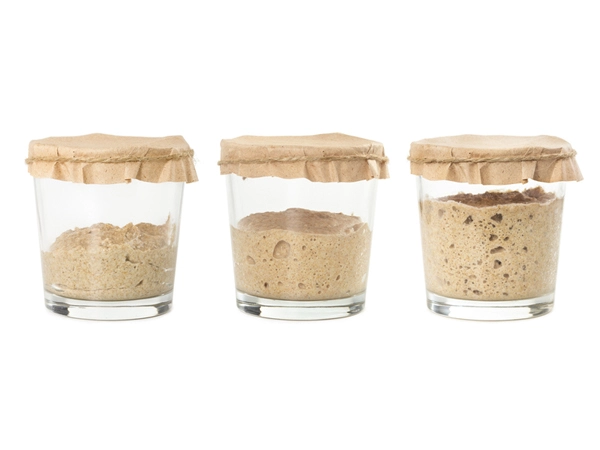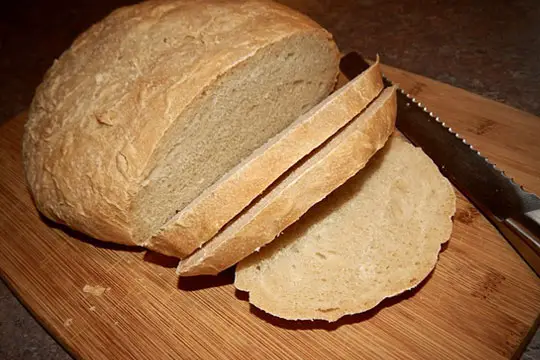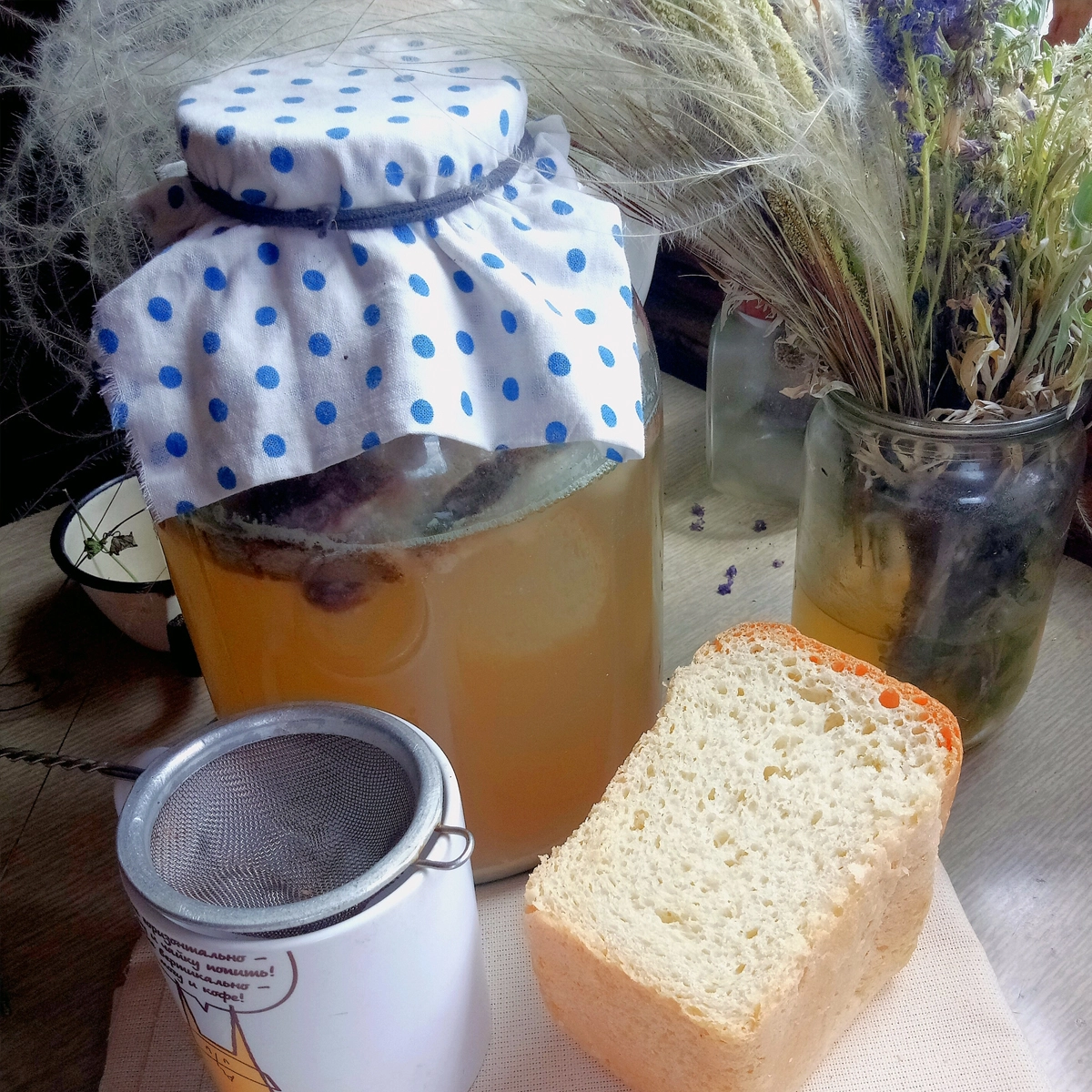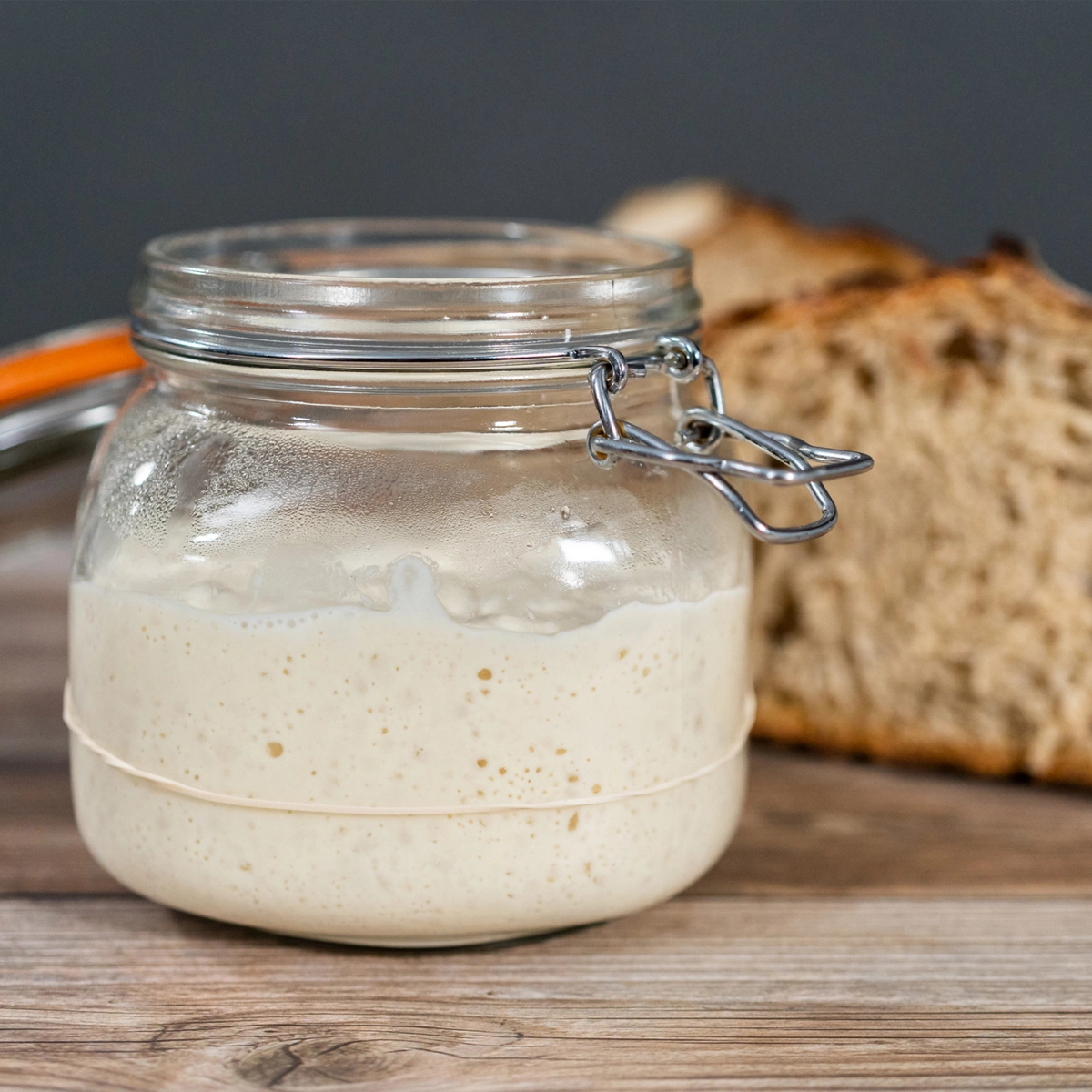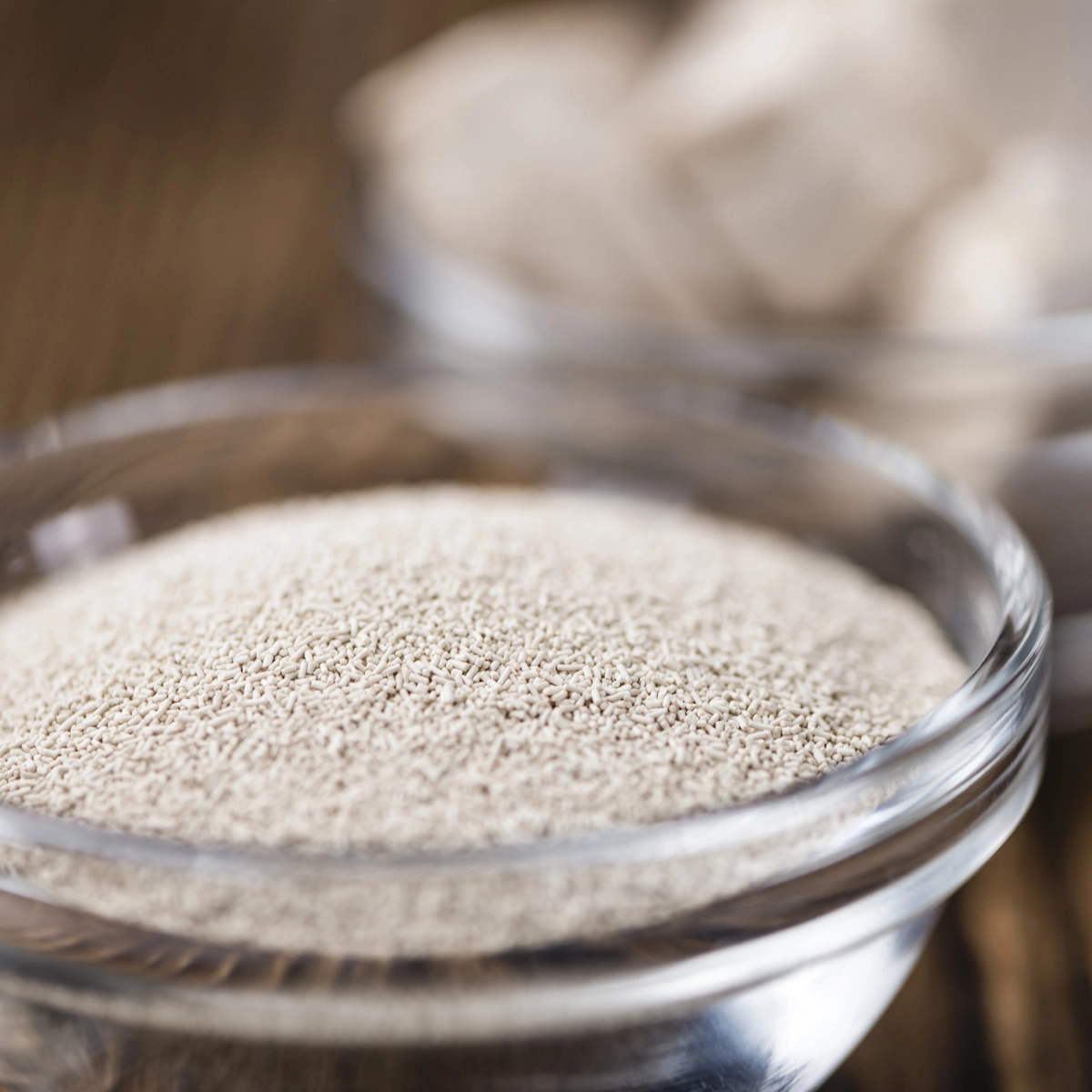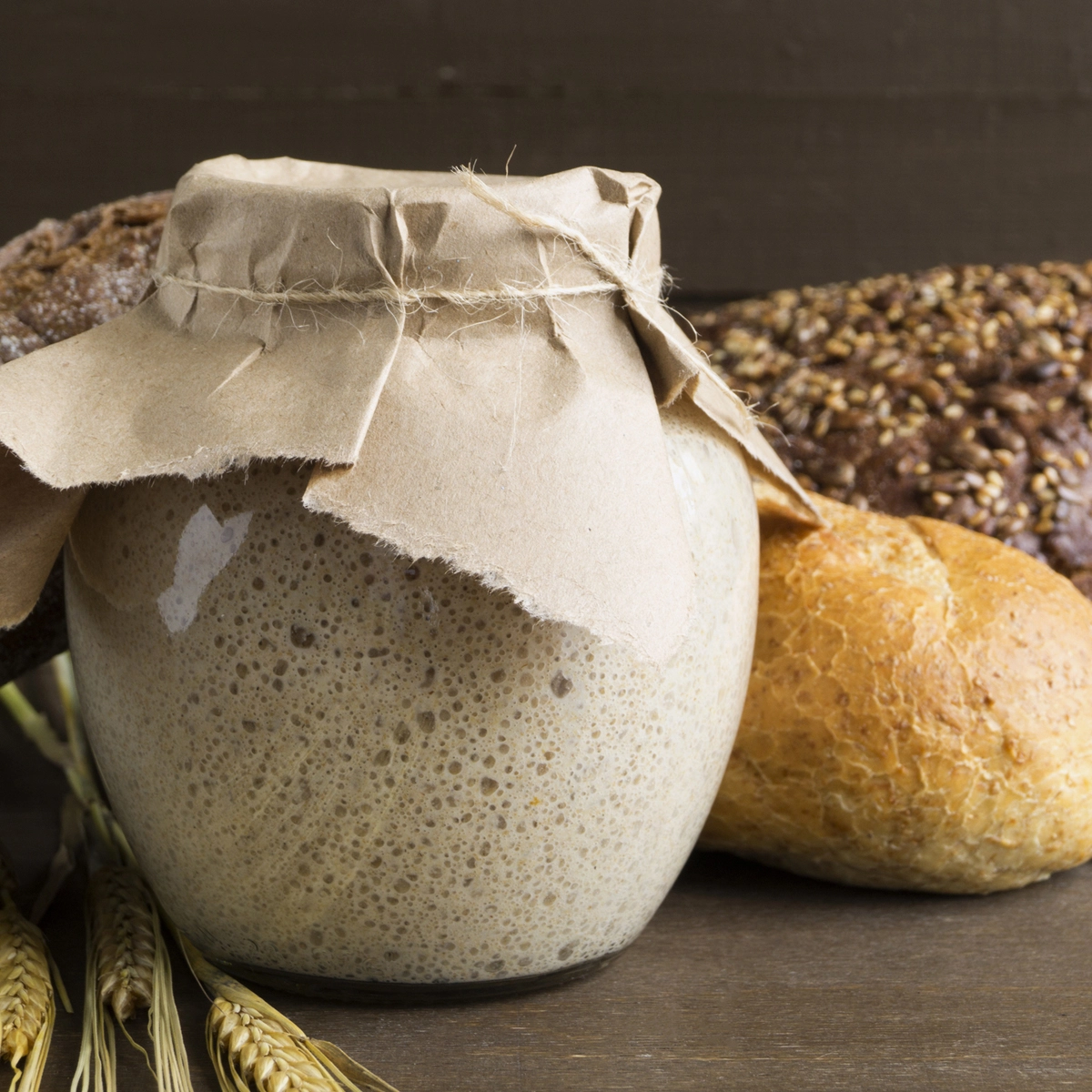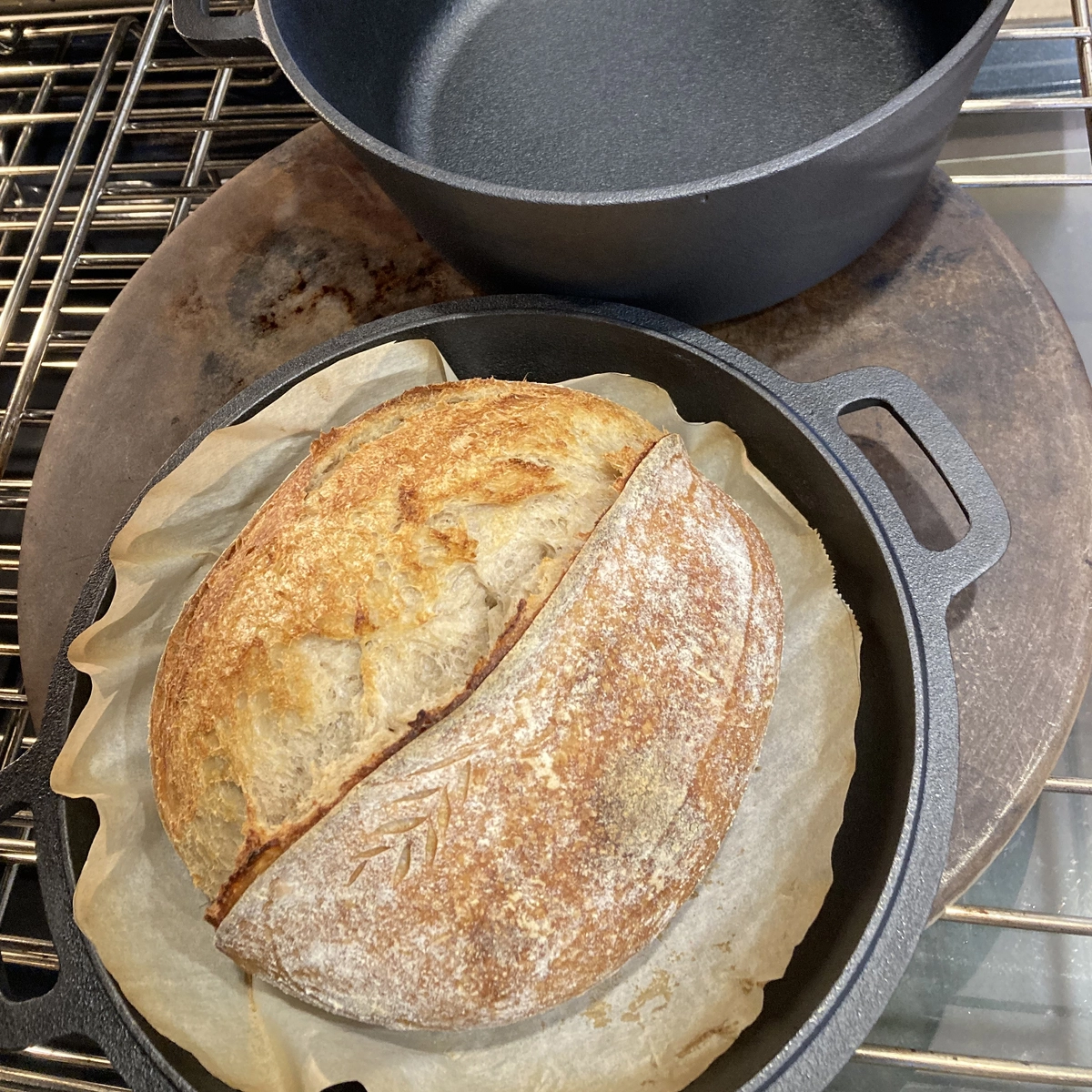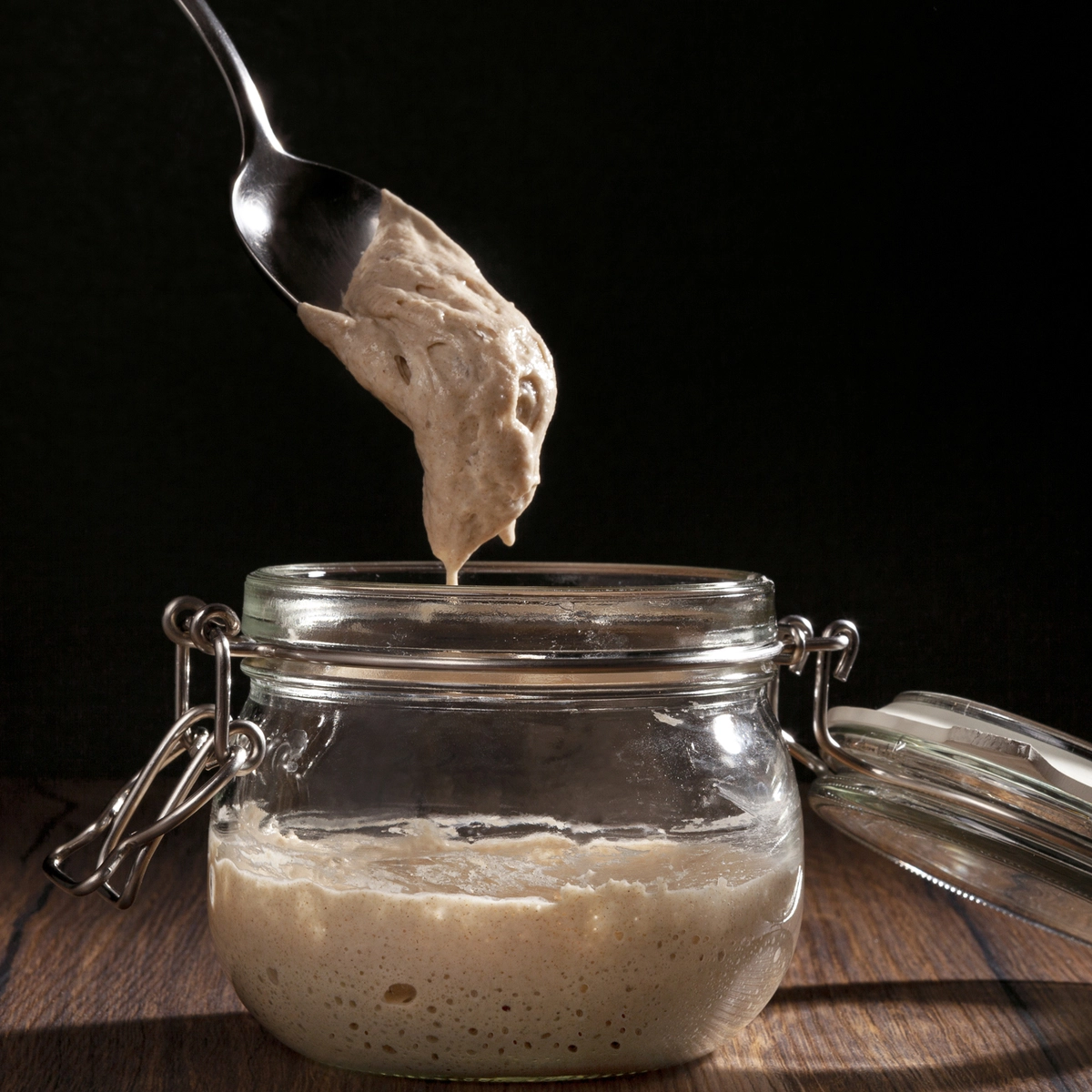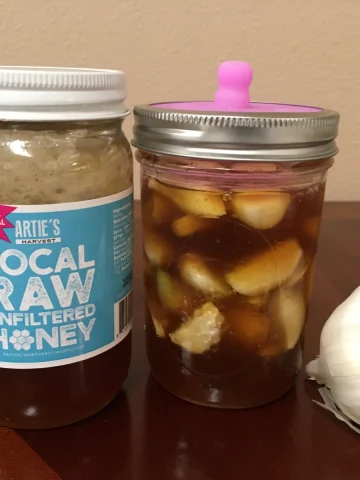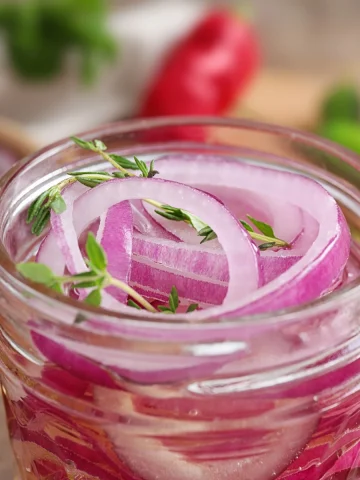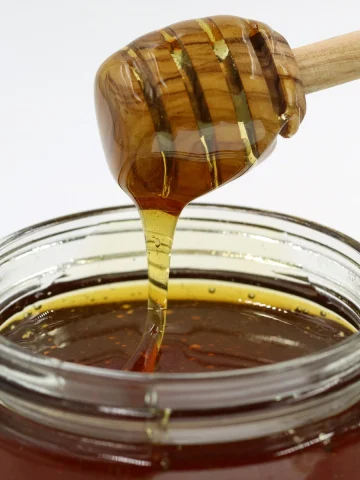Making a sourdough starter requires only a few easy-to-find ingredients, flour, water, and natural yeasts in the air around us, often called wild yeast. Here is the most straightforward recipe for making a homemade sourdough starter.
Ingredients for Sourdough Starter Recipe
Flour – I prefer unbleached organic bread flour, but whole wheat flour, rye flour, and regular all-purpose white flour will work too.
Water - clean, fresh water, filtered water, tap water is fine too; leave it out overnight to allow the chlorine to evaporate.
Equipment for Sourdough Starter
A Glass Container – A wide-mouth quart-sized glass jar
Wooden spoon for stirring the mixture
Step-by-Step Instructions to make your Sourdough Starter
Day One:
Mix equal amounts of flour and water, one cup of flour, and one cup of lukewarm water in a clean jar.
Place the starter in a warm spot in your house, preferably between 70-80 degrees (F). For best results, avoid cold temperatures, and the yeast prefers warmer environments.
Lightly cover the jar with a damp towel and secure it with a rubber band. Let sit for 24 hours.
Day Two:
Stir the starter with a wooden spoon, cover the jar loosely, and let it rest for 24 hours.
Days 3-7:
You should see bubbles at this point and a slightly sour scent that is not unpleasant.
Stir your sourdough starter well using a wooden spoon.
Then discard half of the sourdough starter.
Add ½ cup flour and ½ cup water to the glass jar.
Stir until smooth, cover loosely, and let rest at room temperature for 24 hours.
Repeat the process each day until day 7. During this period, you should notice that the sourdough starter is getting increasingly bubbly and increasing in volume. If it starts to bubble over, discard half of the starter. Then add ½ cup of flour and ½ cup of water.
After day seven, your starter should be ready to make sourdough bread or breadsticks. Seven days is not a hard and fast rule. It can happen before the seven days or even take a few weeks.
You will know the sourdough starter is ready when the mixture starts doubling within 1 – 4 hours after feeding, and the texture looks light and fluffy, with plenty of bubbles on the surface and around the sides of the jar.
*Colder kitchens will take longer than warmer kitchens.
If you do not use it immediately, refrigerate until ready to bake bread. Place your starter in the fridge with a lid on the jar and feed it weekly.
Each time you feed it, remove about half the starter from the jar and discard (or use in a sourdough recipe); add ½ cup of flour and ½ cup of water to the jar.
Let the sourdough starter sit in a warm place for a couple of hours and return it to the refrigerator. If you have difficulty keeping the sourdough starter strong, or it's always cold in your home or something of that nature, you might want to try a dough proofer.
Ingredients
- Flour – I prefer to use unbleached organic bread flour, but whole wheat flour, rye flour, and regular white flour are all good choices.
- Bottled water, filtered water, boiled water, or tap water that has been left out overnight to allow the chlorine to evaporate.
Instructions
- Day One: Mix one cup of flour and one cup of lukewarm water in a glass jar.
- Place the starter in a warm place in your house, preferably between 70-80 degrees (F).
- Lightly cover the jar with a damp towel or plastic wrap. Let sit for 24-hours.
- Day Two: Stir the starter with a wooden spoon, cover the jar loosely, and let it rest for 24 hours.
- Days 3-7: You should see bubbles at this point and a slightly sour scent that is not unpleasant.
- Stir your sourdough starter well using a wooden spoon.
- Then discard half of the sourdough starter.
- Add ½ cup flour and ½ cup water to the glass jar.
- Stir until smooth, cover loosely, and let rest at room temperature for 24 hours.
- Repeat the process each day until day 7. During this period, you should notice that the sourdough starter is getting increasingly bubbly and increasing in volume.
- If it starts to bubble over, discard half of the starter. Then add ½ cup of flour and ½ cup of water.
- After day seven, your starter should be ready to make sourdough bread.
- It is ready when it doubles in size within 4-12 hours after feeding it, and the texture looks light and fluffy with plenty of bubbles on the surface and around the sides of the jar.
- *Colder kitchens will take longer than warmer kitchens.
- If you are not going to use it immediately, refrigerate until you are ready to bake bread. Just place your starter in the fridge with a lid on the jar and feed it weekly.
To read about how sourdough starter makes an excellent starter for sourdough bread kvass, read my Sourdough Bread Kvass recipe.
Sourdough Start FAQs
What Kind of flour can you use to make a sourdough starter?
I suggest organic flour for a healthy start because it has not been chemically treated and is more likely to contain naturally occurring wild yeast and bacteria.
Next, whole wheat flour is a better option than white flour. Whole wheat has the yeast and bacteria needed to create a strong sourdough starter. At the same time, white flour has been stripped and highly processed.
You can also use other ancient grains or whole-grain flours, such as Rye, Spelt, or Barley.
Pay attention to the quality of water you use as well. Use filtered over-chlorinated tap water, which can destroy your efforts to cultivate a yeast community. After all, yeast is a living thing.
How can I use up the extra-active sourdough starter?
If you have too many starters, here are some recipes for the remaining starter or sourdough discard.
How much sourdough starter do I need for one loaf of bread?
A ¾ cup active starter will make one loaf of sourdough bread.
Why do you need a sourdough starter to make sourdough bread?
If you want the tangy, sour flavor only sourdough has, you must use a starter. Sourdough is naturally leavened bread, meaning it does not use commercial yeast to rise. The natural starter contains wild yeast and good bacteria that are only produced during the fermentation process of the flour and water.
How long does it take for a sourdough starter to be ready?
Most recipes say it takes about seven days for the sourdough starter to be ready. However, I've seen it take as little as five days and as long as two weeks.
Is a homemade sourdough starter safe?
The high-acid environment of the sourdough starter helps ward off any unwanted pathogens. However, err on the side of caution. Toss it out if you see any signs of mold, pink, white fuzzy, green, or otherwise.
Why doesn't my sourdough starter have big bubbles?
The bubbles are a sign of a healthy sourdough starter.
The sourdough culture organisms feed off the flour and create gases (bubbles). After adding more flour, the bubbling action should be visible within 4 to 12 hours.
If a sourdough starter is not producing bubbles, try feeding in more frequently. If you feed it every 12 hours, increase the feeding time to every 8-10 hours to ensure the culture gets enough food.
Sourdough is sensitive to temperature as well. It prefers a consistent temperature between 70°F and 85ºF.
Remember that some bubbles are fine; they don't have to be big. It's more important to see strong signs of consistent fermentation, such as some bubbles, consistent rise each day, a sour aroma, and a loosening texture.
How to revive an old starter?
Check my post How To Revive A Sourdough Starter.
Why discard a portion of the starter before feeding it?
To refresh the acidity levels and to control the overall growth in size.
Can you use different types of flour halfway through the feeding process?
If you start with one flour type and switch to another one, give it time to adjust. The starter might react positively immediately or be sluggish initially and then eventually perk up.

